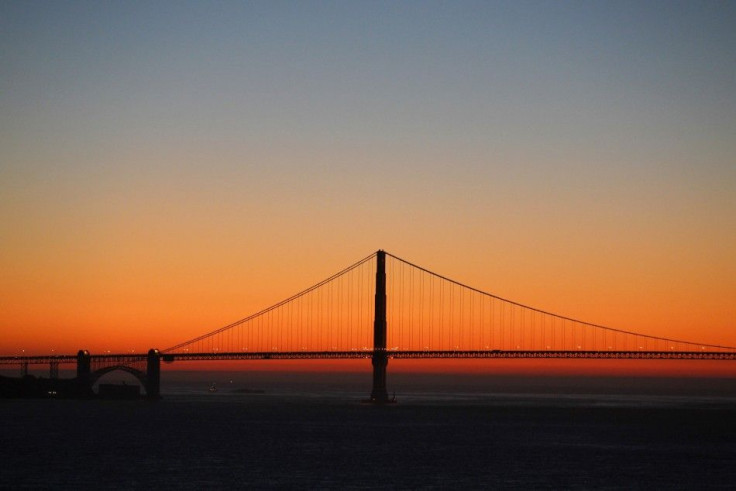Earthquake: Northern California Set for 'Big One' in 30 years

The U.S. Geological Survey suggested that Northern California's Hayward Fault, which released a 4.0 magnitude earthquake on Monday, will rupture anew within the next 30 years.
Monday's relatively small tremor caused no significant damage and caused no injuries, but it's a reminder of what could happen.
Geologists with the federal science agency said there'sa 67 percent chance the Hayward Fault will rupture - causing a 6.0 or greater magnitude earthquake -- within three decades.
Among the scientific community, the next rupture is expected to be the long-feared big one.
The Hayward Fault last ruptured in 1868 and is a prime candidate in Northern California for a magnitude 7 earthquake within the next 30 years, the University of California, Berkeley, Seismological Laboratory said.
That 19th-century quake killed five people, injured 30 and caused roughly $4.6 million in damage when adjusted for inflation.
The 1868 quake was felt throughout Northern California and as far east as Nevada. The ground moved six feet and it was the most destructive quake at the time until the 1906 earthquake flattened San Francisco.
Moving at relatively 9 millimeters a year on average, the Hayward is considered a major fault line in that it can cause major damage, but it is actually part of the much larger San Andreas fault system which slices through California, said Brad Aagaard, a research geophysicist with the U.S. Geological Survey.
The Hayward fault, in this latest tremor, most likely moved 10 centimeters at a depth of 5.5 miles, said Aagaard.
Having a small event like this one does change the stresses in the area, he said, but he more time passes, the less the probability that a major quake or aftershock will take place immediately following Monday's event.
There is no way to predict when and where an earthquake will take place. It could take place tomorrow, or it could be happening right now, Aagaard said.
If a 7.7 to 7.9 magnitude earthquake strikes, the Federal Emergency Management Agency paints a grim picture for the Bay Area.
In its aftermath, there could be an estimated 500 fires, 50 million tons of debris and rubble, more than 200,000 homes without potable water and 59,000 homes without electric power within a month.
There will likely be 33 to 59 aftershocks, 600 destroyed bridges, 10,000 destroyed commercial buildings, 12,300 injured people and 3,300 fatalities.
This is a reminder that people need to be prepared, Aagaard said, who added residents need to keep an earthquake kit at the ready and know what to do, where and how to meet up with family, and keep food and water available for when the region is rocked by a large earthquake.
© Copyright IBTimes 2024. All rights reserved.





















